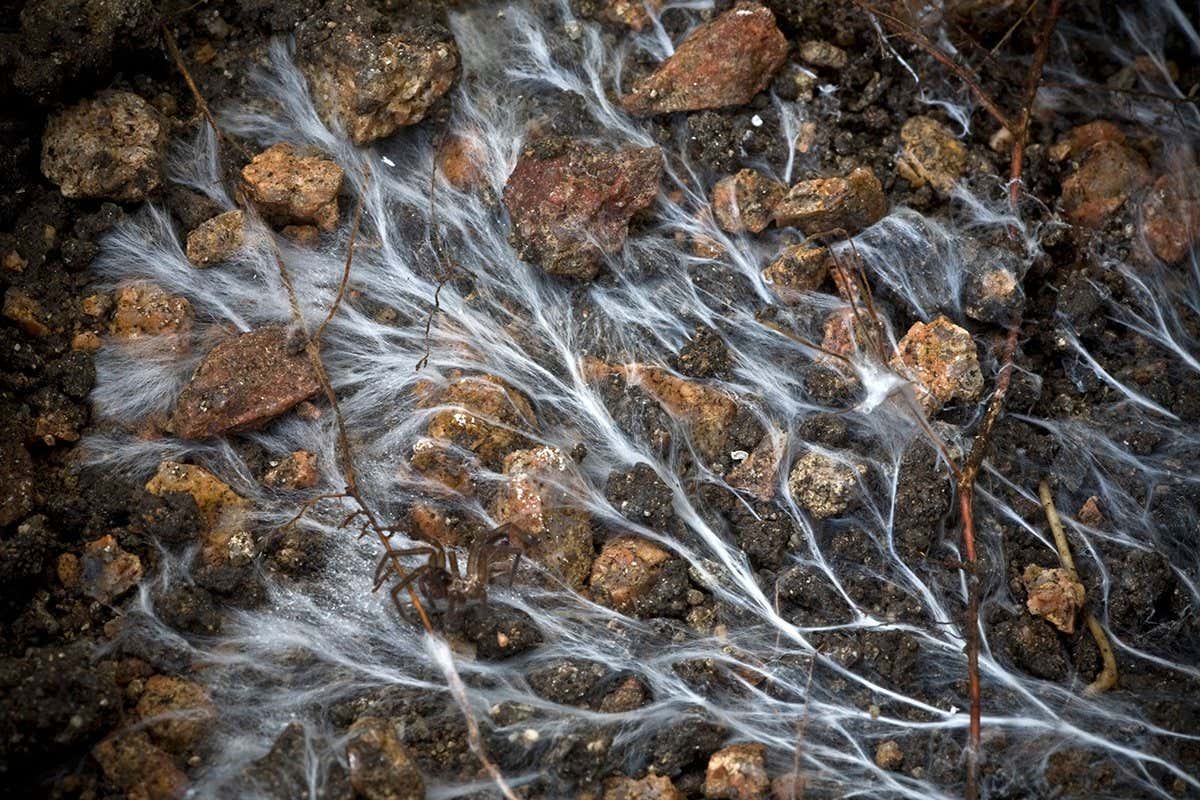Soil Fungi & Trees: Enhanced Carbon Capture – A Symbiotic Relationship for a Greener Future
The fight against climate change requires innovative solutions, and one promising avenue lies beneath our feet: the intricate relationship between soil fungi and trees. Recent research highlights the crucial role these microscopic organisms play in enhancing carbon capture, offering a natural and potentially scalable way to mitigate climate change. This symbiotic partnership could be a game-changer in our efforts to sequester atmospheric carbon dioxide (CO2).
The Underground Network: Mycorrhizal Fungi and Carbon Sequestration
Trees aren't alone in their fight for survival; they rely on a vast network of mycorrhizal fungi. These fungi form symbiotic relationships with tree roots, extending their reach into the soil and accessing nutrients and water otherwise unavailable. This network, often described as the "Wood Wide Web," is far more significant than previously understood.
- Nutrient Exchange: Mycorrhizal fungi provide trees with essential nutrients like phosphorus and nitrogen, in exchange for carbohydrates produced through photosynthesis.
- Water Uptake: These fungi also improve the tree's access to water, crucial for survival, especially during droughts.
- Carbon Sequestration: The crucial aspect for climate change mitigation is the fungi's role in carbon storage. They actively transport carbon from the trees into the soil, where it's stored in stable organic matter, preventing its release back into the atmosphere.
Enhanced Carbon Capture: The Mechanism
The precise mechanisms behind enhanced carbon capture through mycorrhizal networks are still being investigated, but several key factors are emerging:
- Increased Root Biomass: Mycorrhizal fungi stimulate the growth of tree roots, leading to an increased surface area for carbon uptake.
- Improved Soil Structure: The fungal hyphae (thread-like structures) improve soil structure, enhancing water infiltration and aeration, creating a more favorable environment for carbon storage.
- Stable Carbon Pools: Mycorrhizal fungi facilitate the formation of stable soil organic matter, a long-term carbon sink. This is particularly important as it prevents the rapid decomposition and release of CO2 back into the atmosphere.
The Potential for Climate Change Mitigation
The implications of these findings are significant. Harnessing the power of mycorrhizal fungi could represent a natural and sustainable approach to climate change mitigation:
- Reforestation and Afforestation: Promoting the growth of mycorrhizal fungi in reforestation and afforestation projects could significantly enhance their carbon sequestration potential.
- Sustainable Forestry Practices: Understanding the role of fungi in carbon capture can inform the development of more sustainable forestry practices, minimizing disturbance to the fungal networks.
- Agricultural Applications: Exploring the potential of mycorrhizal fungi in agricultural systems could lead to increased carbon sequestration in farmland.
Future Research and Applications
While the potential is immense, further research is essential to fully understand the complexities of mycorrhizal networks and their impact on carbon sequestration. Future studies should focus on:
- Species-specific effects: Different fungal species have varying impacts on carbon capture, requiring a deeper understanding of species diversity and function.
- Environmental factors: The influence of environmental variables, such as soil type, climate, and land management practices, on mycorrhizal networks needs further investigation.
- Scalability and implementation: Developing effective strategies for implementing mycorrhizal-based carbon sequestration on a larger scale is a crucial next step.
Conclusion: A Symbiotic Solution
The symbiotic relationship between soil fungi and trees presents a promising avenue for enhancing carbon capture and mitigating climate change. By understanding and harnessing the power of these underground networks, we can unlock a natural and sustainable solution to one of the world's most pressing challenges. Investing in further research and implementing informed management strategies will be crucial to realizing the full potential of this exciting discovery. The future of carbon sequestration may well lie in the intricate world beneath our feet.

